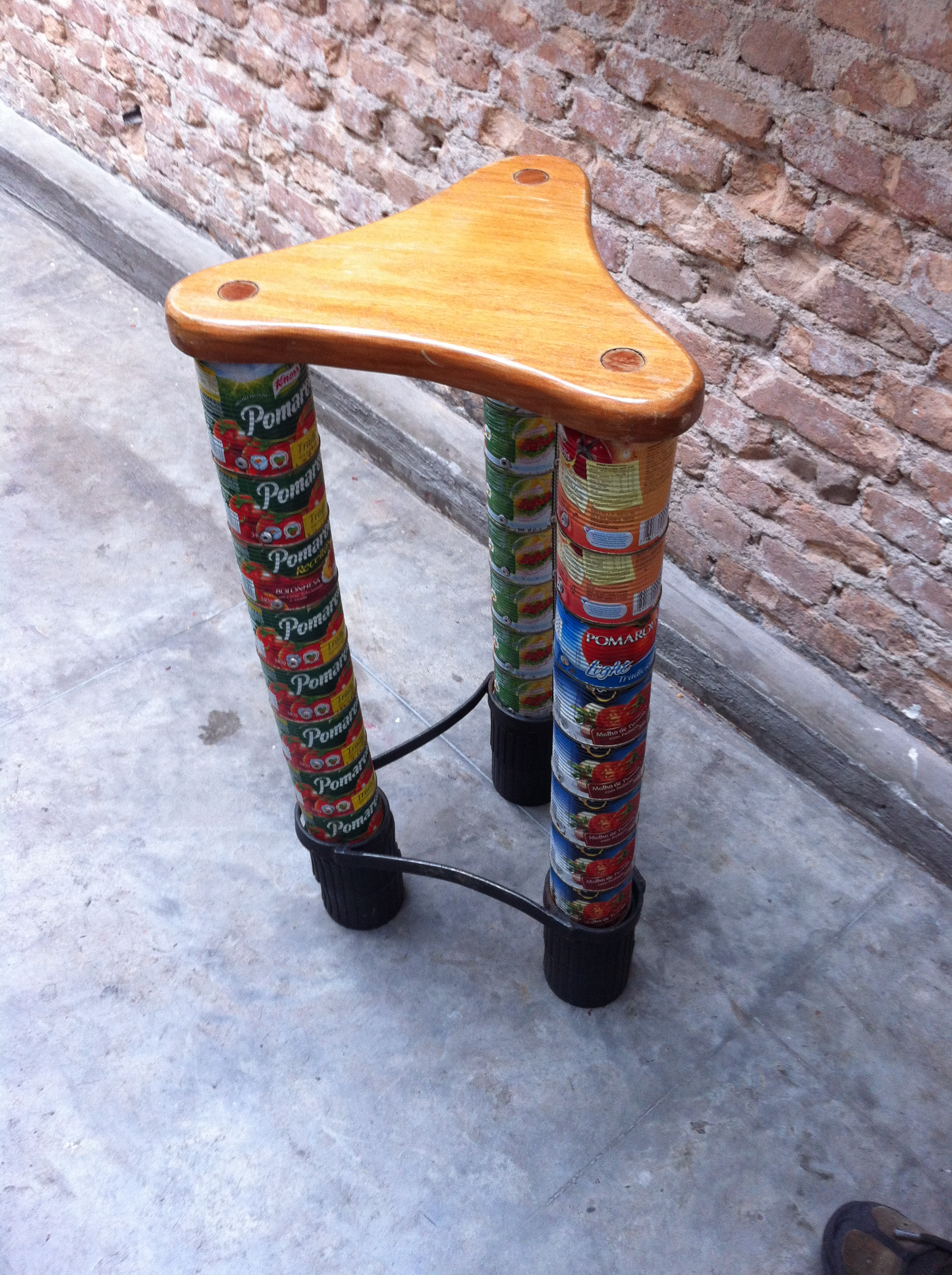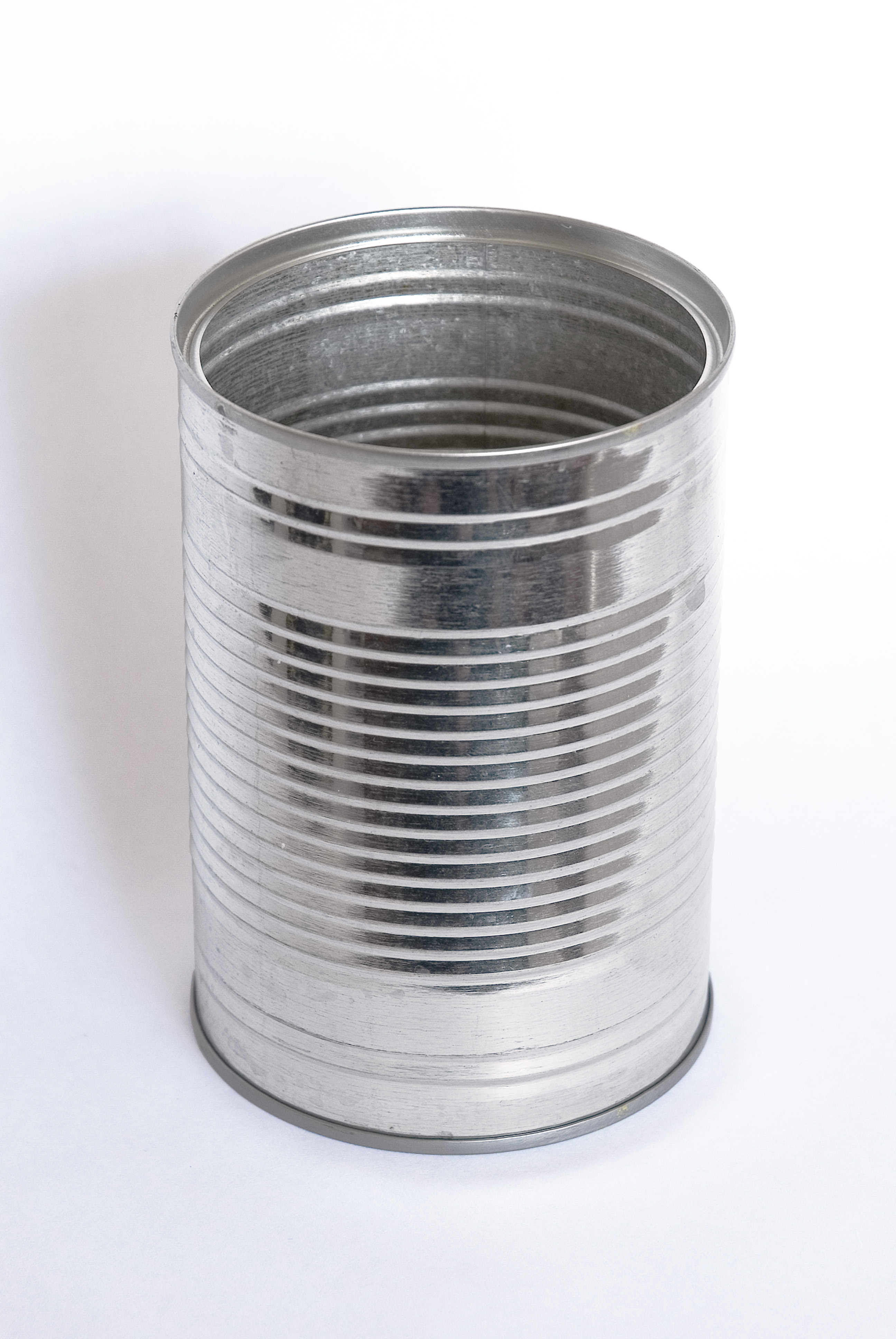|
Coffee Bag
A coffee bag is a container used for shipping and storing coffee. Coffee beans are usually transported in large jute sacks, while coffee sold to consumers may be packaged as beans or ground coffee in a small, sealed plastic bag. Bulk coffee Large bulk bags, burlap bags or gunny sacks are traditionally used for storage and transport of coffee beans. Often it is made of jute and has a content of 60 kilograms (130 pounds), this type of bag originated in Brazil and became a worldwide standard. It also became a measurement unit to this day, for example FAO's statistics on coffee production are expressed in 60-kg bags. Jute fibers are treated with mineral oil, or historically whale oil, to improve spinnability, which raised questions about coffee contamination from these hydrocarbons, but further studies showed it to be infinitesimal. Bags with synthetic fibers (woven or non-woven) are commonly used now. Once used, these decorative bags can be recycled or upcycled for many uses in ... [...More Info...] [...Related Items...] OR: [Wikipedia] [Google] [Baidu] |
Upcycling
Upcycling, also known as creative reuse, is the process of transforming by-products, waste materials, useless, or unwanted products into new materials or products perceived to be of greater quality, such as artistic value or environmental value. Description Upcycling is the opposite of downcycling, which is the other part of the recycling process. Downcycling involves converting materials and products into new materials, sometimes of lesser quality. Most recycling involves converting or extracting useful materials from a product and creating a different product or material. The terms upcycling and ''downcycling'' were first used in print in an article in SalvoNEWS by Thornton Kay quoting Reiner Pilz and published in 1994. ''Upsizing'' was the title of the German edition of a book about upcycling first published in English in 1998 by Gunter Pauli and given the revised title of ''Upcycling'' in 1999. The German edition was adapted to the German language and culture by Johannes ... [...More Info...] [...Related Items...] OR: [Wikipedia] [Google] [Baidu] |
Coffee Industry
Coffee is a drink prepared from roasted coffee beans. Darkly colored, bitter, and slightly acidic, coffee has a stimulating effect on humans, primarily due to its caffeine content. It is the most popular hot drink in the world. Seeds of the ''Coffea'' plant's fruits are separated to produce unroasted green coffee beans. The beans are roasted and then ground into fine particles that are typically steeped in hot water before being filtered out, producing a cup of coffee. It is usually served hot, although chilled or iced coffee is common. Coffee can be prepared and presented in a variety of ways (e.g., espresso, French press, caffè latte, or already-brewed canned coffee). Sugar, sugar substitutes, milk, and cream are often used to mask the bitter taste or enhance the flavor. Though coffee is now a global commodity, it has a long history tied closely to food traditions around the Red Sea. The earliest credible evidence of coffee drinking in the form of the modern beverage ap ... [...More Info...] [...Related Items...] OR: [Wikipedia] [Google] [Baidu] |
Steel Can
A steel can, tin can, tin (especially in British English, Australian English, Canadian English and South African English), steel packaging, or can is a container for the distribution or storage of goods, made of thin metal. Many cans require opening by cutting the "end" open; others have removable covers. They can store a broad variety of contents: food, beverages, oil, chemicals, etc. Steel cans are made of tinplate (tin-coated steel) or of tin-free steel. In some dialects, even aluminium cans are called "tin cans". Steel cans are highly recyclable, unlike materials like plastic, with around 65% of steel cans being recycled. History The tin canning process was conceived by the Frenchman Philippe de Girard, who got a British merchant Peter Durand to patent the idea in 1810. The canning concept was based on experimental food preservation work in glass containers the year before by the French inventor Nicholas Appert. Durand did not pursue food canning, but, in 1812, ... [...More Info...] [...Related Items...] OR: [Wikipedia] [Google] [Baidu] |
Intermodal Shipping Container
An intermodal container, often called a shipping container, is a large standardized shipping container, designed and built for intermodal freight transport, meaning these containers can be used across different Mode of transport, modes of transport – from container ship, ship to Rail transport, rail to Semi-trailer truck, truck – without unloading and reloading their cargo. Intermodal containers are primarily used to store and transport materials and products efficiently and securely in the global containerization, containerized intermodal freight transport system, but smaller numbers are in regional use as well. These containers are known under a number of names. Based on size alone, up to 95% of intermodal containers comply with ISO standards, and can officially be called ISO containers. Many other names are simply: container, cargo or freight container, shipping, sea or ocean container, container van or sea van, sea can or C can, or MILVAN, SEAVAN, or RO/RO. The also used ... [...More Info...] [...Related Items...] OR: [Wikipedia] [Google] [Baidu] |
Flexible Intermediate Bulk Container
A flexible intermediate bulk container (FIBC), jumbo, bulk bag, super sack, big bag, or tonne bag is an industrial container made of flexible fabric that is designed for storing and transporting dry, flowable products, such as sand, fertilizer, and granules of plastic. FIBCs are most often made of thick woven strands of oriented polypropylene, either coated or uncoated, and normally measure around in diameter and varies in height from . Its capacity is normally around , but the larger units can store even more. A FIBC designed to transport of material will itself only weigh . Transporting and loading is done on either pallets or by lifting it from the loops. Bags are made with either one, two or four lifting loops. The single loop bag is suitable for one man operation as there is no need for a second man to put the loops on the loader hook. Emptying is made easy by a special opening in the bottom such as a discharge spout, of which there are several options, or by simply cu ... [...More Info...] [...Related Items...] OR: [Wikipedia] [Google] [Baidu] |
Polyethylene
Polyethylene or polythene (abbreviated PE; IUPAC name polyethene or poly(methylene)) is the most commonly produced plastic. It is a polymer, primarily used for packaging ( plastic bags, plastic films, geomembranes and containers including bottles, etc.). , over 100 million tonnes of polyethylene resins are being produced annually, accounting for 34% of the total plastics market. Many kinds of polyethylene are known, with most having the chemical formula (C2H4)''n''. PE is usually a mixture of similar polymers of ethylene, with various values of ''n''. It can be ''low-density'' or ''high-density'': low-density polyethylene is extruded using high pressure () and high temperature (), while high-density polyethylene is extruded using low pressure () and low temperature (). Polyethylene is usually thermoplastic, but it can be modified to become thermosetting instead, for example, in cross-linked polyethylene. History Polyethylene was first synthesized by the German chemist Hans ... [...More Info...] [...Related Items...] OR: [Wikipedia] [Google] [Baidu] |
Polypropylene
Polypropylene (PP), also known as polypropene, is a thermoplastic polymer used in a wide variety of applications. It is produced via chain-growth polymerization from the monomer propylene. Polypropylene belongs to the group of polyolefins and is partially crystalline and non-polar. Its properties are similar to polyethylene, but it is slightly harder and more heat-resistant. It is a white, mechanically rugged material and has a high chemical resistance. Bio-PP is the bio-based counterpart of polypropylene (PP). Polypropylene is the second-most widely produced commodity plastic (after polyethylene). In 2019, the global market for polypropylene was worth $126.03 billion. Revenues are expected to exceed US$145 billion by 2019. The sales of this material are forecast to grow at a rate of 5.8% per year until 2021. History Phillips Petroleum chemists J. Paul Hogan and Robert Banks first demonstrated the polymerization of propylene in 1951. The stereoselective polymerization t ... [...More Info...] [...Related Items...] OR: [Wikipedia] [Google] [Baidu] |
Recycling
Recycling is the process of converting waste materials into new materials and objects. The recovery of energy from waste materials is often included in this concept. The recyclability of a material depends on its ability to reacquire the properties it had in its original state. It is an alternative to "conventional" waste disposal that can save material and help lower greenhouse gas emissions. It can also prevent the waste of potentially useful materials and reduce the consumption of fresh raw materials, reducing energy use, air pollution (from incineration) and water pollution (from landfilling). Recycling is a key component of modern waste reduction and is the third component of the "Reduce, Reuse, and Recycle" waste hierarchy. It promotes environmental sustainability by removing raw material input and redirecting waste output in the economic system. There are some ISO standards related to recycling, such as ISO 15270:2008 for plastics waste and ISO 14001:2015 for enviro ... [...More Info...] [...Related Items...] OR: [Wikipedia] [Google] [Baidu] |
Jute
Jute is a long, soft, shiny bast fiber that can be spun into coarse, strong threads. It is produced from flowering plants in the genus ''Corchorus'', which is in the mallow family Malvaceae. The primary source of the fiber is ''Corchorus olitorius'', but such fiber is considered inferior to that derived from ''Corchorus capsularis''. "Jute" is the name of the plant or fiber used to make burlap, hessian, or gunny cloth. Jute is one of the most affordable natural fibers and second only to cotton in the amount produced and variety of uses. Jute fibers are composed primarily of plant materials cellulose and lignin. Jute fiber falls into the bast fiber category (fiber collected from bast, the phloem of the plant, sometimes called the "skin") along with kenaf, industrial hemp, flax ( linen), ramie, etc. The industrial term for jute fiber is ''raw jute''. The fibers are off-white to brown and 1–4 meters (3–13 feet) long. Jute is also called the "golden fiber" for its color an ... [...More Info...] [...Related Items...] OR: [Wikipedia] [Google] [Baidu] |
Spinning (textiles)
Spinning is a twisting technique to form yarn from fibers. The fiber intended is drawn out, twisted, and wound onto a bobbin. A few popular fibers that are spun into yarn other than cotton, which is the most popular, are viscose (the most common form of rayon), and synthetic polyester. Originally done by hand using a spindle whorl, starting in the 500s AD the spinning wheel became the predominant spinning tool across Asia and Europe. The spinning jenny and spinning mule, invented in the late 1700s, made mechanical spinning far more efficient than spinning by hand, and especially made cotton manufacturing one of the most important industries of the Industrial Revolution. Process The yarn issuing from the drafting rollers passes through a thread-guide, round a Ring spinning#How it works, traveller that is free to rotate around a ring, and then onto a tube or bobbin, which is carried on to a Spindle (textiles), spindle, the axis of which passes through a center of the ring. The spin ... [...More Info...] [...Related Items...] OR: [Wikipedia] [Google] [Baidu] |





